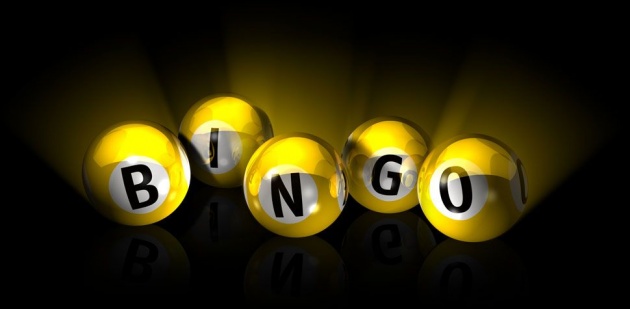
Early European Roots: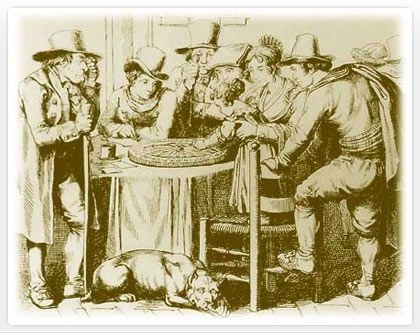
The origins of Bingo can be traced back to early 1530, when the Italian National Lottery, knows as Lo Giuoco del Lotto d'Italia, was established to help fund government. Every Saturday, Italians played the lottery, which is considered the direct ancestor of Bingo because of its similarities to the modern game. Players received a single Lotto card with an arrangement of three rows, each row contained five numbers, for a total of 15 numbers per card. Blank squares counted as free spaces, small wooden numbered tokens were randomly drawn from a cloth bag and read aloud. Players used kernels of corn to cover the numbers on Lotto sheet. The first to complete cover one of the horizontal rows won the game and the prize money.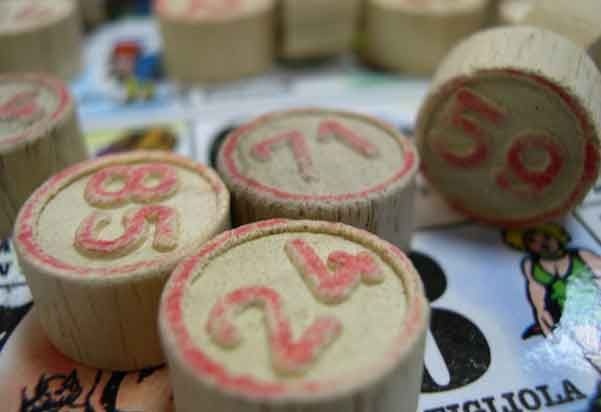
Gradually, similar games started appearing in neighboring European countries, and by the 18th century their popularity was spreading quickly, winning over people who did not normally gamble. In 1778, game caught the attention of wealthy aristocrats in France. The French devised their own version of the game and called it Le Lotto. Dried beans were used as markers, and on winning, players yelled "Beano!". Beano was popular in French casinos, at social gatherings, and at parties. At first, stakes were high, so commoners did not participate, but after the French Revolution, the general populace started playing.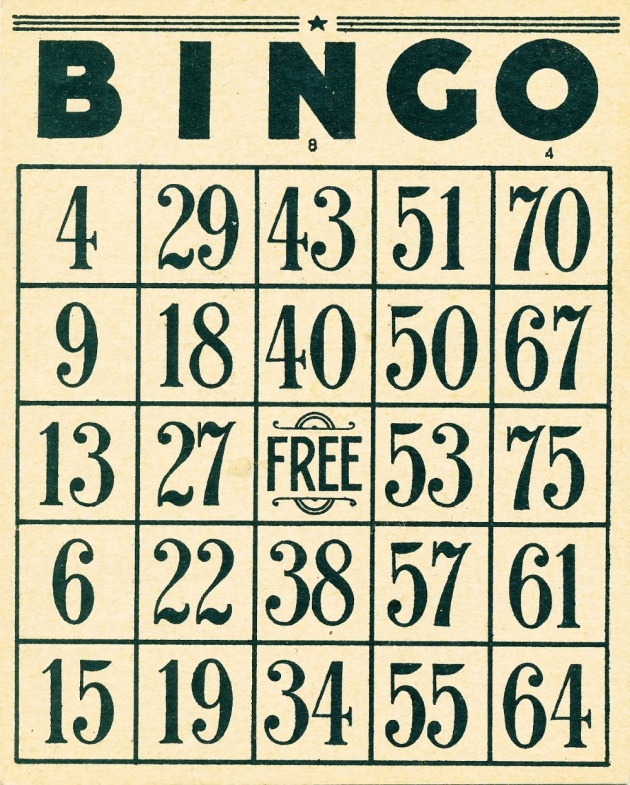
The French version of Bingo was unique in that it included playing cards with three rows and nine columns. The rows contained four blank (free) spaces. The first column was numbered 1 through 10, the second 11 through 20, and so on, up to 81 through 90 in the ninth column. The use of five squares in each row was the forerunner to the design of the modern Bingo playing card.
By the 19th century, Germans introduced a new twist: they began to play the Lotto for educational purposes instead of for money. Using the game in this way not only helped children to learn spelling, math, and history, but let them have fun while learning.
Around the same time, a variation of the French game crossed the English Channel and reached Great Britain's shores, where it became a favorite form of entertainment for the British military. In 1814, sailors in British Navy started playing the game and named it Tombola; the Army version was called Housey-Housey. The game was extremely popular up to and during World War II, with soldiers playing in barracks and trenches. The cards used were identical to those used by the French, with three rows and nine columns.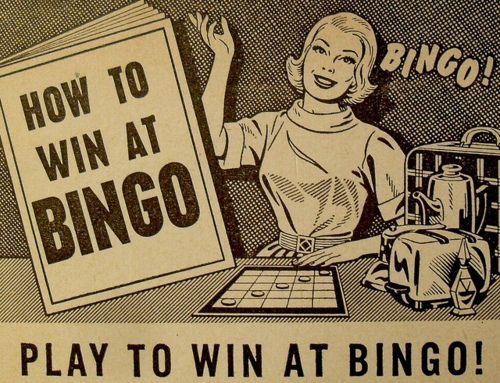
By the 1920s, the game reached America, thanks to immigrants and returning U.S. troops who had been exposed to it overseas. It was at the close of this decade that Edwin S. Lowe, the "Father Of Bingo", entered the scene and, shortly after the Wall Street crash of 1929, popularized the game of Bingo.
TO BE CONTINUED...
BINGO (Part 1)
Posted on at



